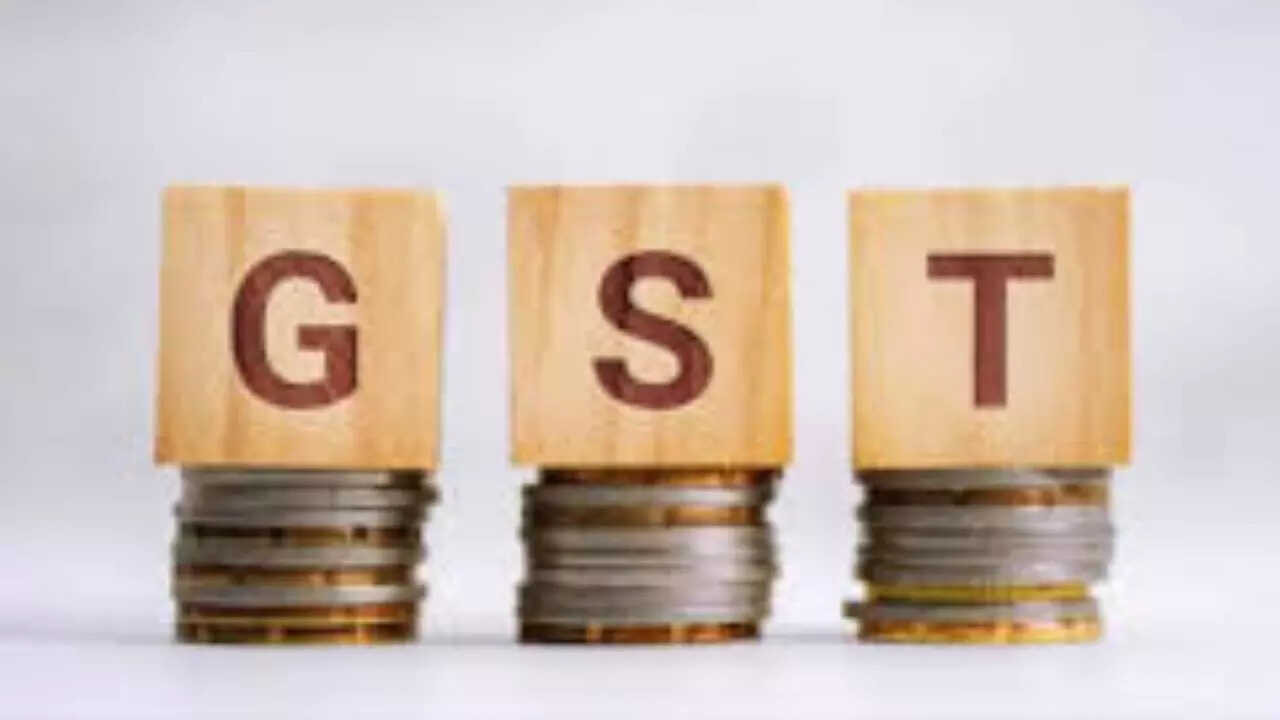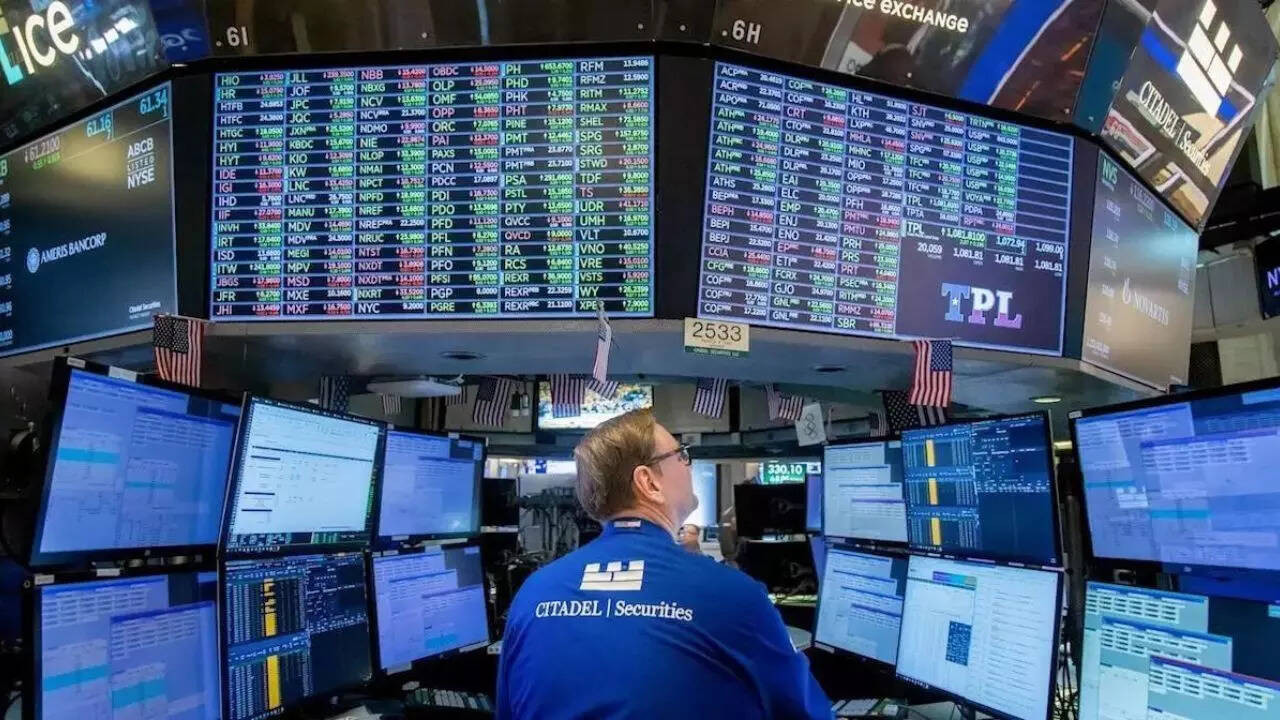Eight key OPEC+ members, including Saudi Arabia and Russia, plan to increase oil production by 137,000 barrels per day starting next month, despite sliding oil prices and concerns about oversupply. This decision signals a shift towards prioritizing market share over price support, surprising markets and raising questions about the alliance’s unity amid geopolitical tensions and fluctuating global demand.
Shifting Sands: OPEC+ Adjusts Oil Production in Response to Market Dynamics
The global energy landscape is a constantly shifting mosaic, influenced by a complex interplay of geopolitical factors, economic trends, and evolving demand. The latest brushstroke on this canvas comes from OPEC+, the alliance of oil-producing nations, as they’ve decided to marginally increase crude oil production by 100,000 barrels per day beginning in October. But why this subtle tweak, and what ripple effects might it create across the energy sector?
For months, OPEC+ has been adhering to a strategy of carefully calibrated production cuts, largely implemented in response to the slump in demand during the pandemic and the subsequent volatility fueled by geopolitical tensions. This approach aimed to stabilize prices and ensure a steady revenue stream for its member states. The decision to modestly increase production signals a delicate balancing act – a recognition of the current global economic pressures while striving to maintain market equilibrium.
The decision wasn’t unanimous. Some member nations advocated for holding steady, wary of potentially destabilizing prices. Others, keen to capitalize on the current relatively high oil prices, pushed for a larger increase. The compromise, a 100,000 barrel-per-day increment, reflects a cautious approach, prioritizing stability over aggressive market share grabs.
Understanding the Modest Oil Production Increase

It’s crucial to understand the significance of this seemingly small increase. In the grand scheme of global oil consumption, 100,000 barrels per day represents a fractional adjustment. However, the psychological impact could be more significant. It suggests that OPEC+ acknowledges the growing pressure from consuming nations, particularly the United States, to ease supply constraints and alleviate the burden of high energy prices on consumers.
Furthermore, this move could be interpreted as a signal of confidence in the global economy. While growth forecasts have been revised downwards in many regions, the decision to cautiously increase production suggests a belief that demand will remain relatively robust. It’s a tacit acknowledgment that economic activity, while perhaps slowing, isn’t grinding to a halt.
The Impact on Consumers and the Global Economy
The most immediate question on everyone’s mind is, of course, how will this impact prices at the pump? While a definitive answer is difficult to give (given the many influencing factors on crude prices), the general expectation is that the effect will be marginal at best. The increase is simply too small to significantly alter the overall supply-demand balance. However, the psychological impact of the decision might have a slightly larger effect, potentially putting downward pressure on prices as traders react to the signal of increased supply.
The broader economic impact is equally nuanced. Lower energy prices, even incrementally lower, can provide a modest boost to economic activity by reducing inflationary pressures and increasing disposable income. Businesses that rely heavily on energy-intensive processes also benefit from even slightly lower costs, helping them to maintain competitiveness.
Geopolitical Implications of Oil Production
Beyond economics, this decision carries subtle geopolitical undertones. The Biden administration has been actively engaging with Saudi Arabia, a key member of OPEC+, in an effort to persuade them to increase production and help tame rising energy prices. This latest decision can be seen, in part, as a response to those diplomatic overtures. It signals a willingness to cooperate, albeit cautiously, in addressing global economic challenges. This delicate dance between oil supply and geopolitical strategy is one to watch closely. Explore more about energy sector shifts in our piece on [renewable energy investments](renewable-energy-investments).
The Future of Oil Production and Global Energy Markets
Looking ahead, the future of oil production and global energy markets remains uncertain. The transition to renewable energy sources is accelerating, but oil will continue to play a crucial role in the energy mix for the foreseeable future. OPEC+ will likely continue to adopt a data-driven approach, carefully monitoring global economic trends, geopolitical developments, and technological advancements to adjust its production strategy accordingly.
The delicate balancing act between meeting global energy needs, managing prices, and navigating geopolitical complexities will continue to shape the decisions of OPEC+ in the months and years ahead. This minor adjustment in oil production is a signal of the dynamic forces at play. The market’s reaction will be carefully observed as we navigate an evolving global energy landscape.







